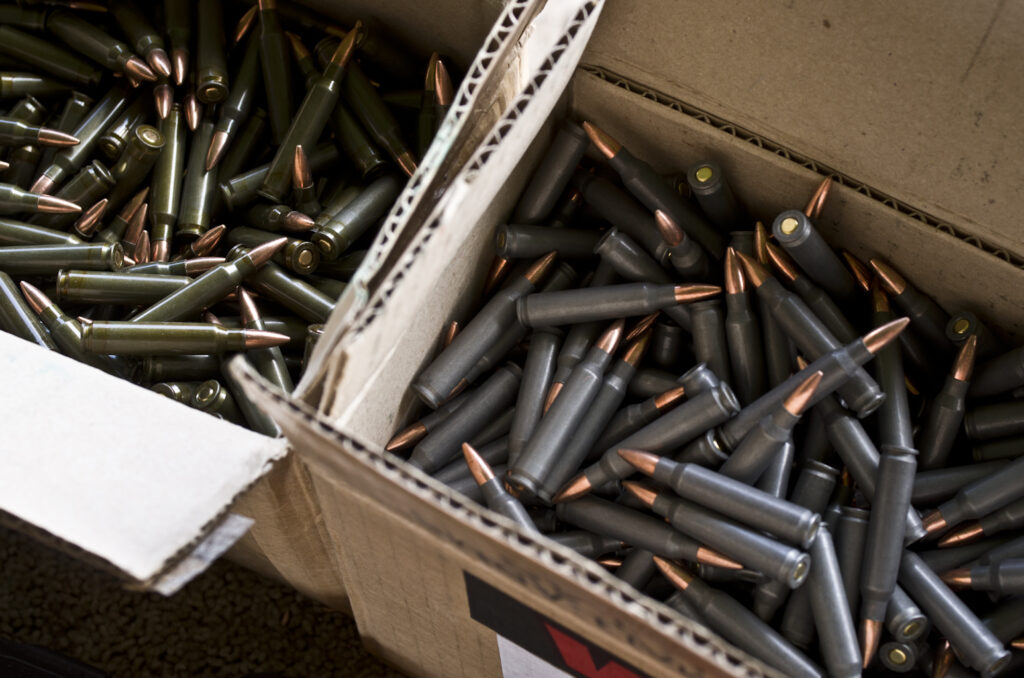 Jerky and Food Safety
Jerky and Food Safety
When raw meat or poultry is dehydrated at home — either in a warm oven or a food dehydrator — to make jerky which will be stored on the shelf, pathogenic bacteria are likely to survive the dry heat of a warm oven and especially the 130 to 140 °F of a food dehydrator. Included here is the scientific background behind drying food to make it safe and the safest procedure to follow when making homemade jerky.
See also the links to related articles at the end of this page.
What is jerky?
This product is a nutrient-dense meat that has been made lightweight by drying. A pound of meat or poultry weighs about four ounces after being made into jerky. Because most of the moisture is removed, it is shelf stable — can be stored without refrigeration — making it a handy food for backpackers and others who don't have access to refrigerators.
Jerky is a food known at least since ancient Egypt. Humans made jerky from animal meat that was too big to eat all at once, such as bear, buffalo, or whales. North American Indians mixed ground dried meat with dried fruit or suet to make "pemmican." "
Biltong" is dried meat or game used in many African countries. Our word "jerky" came from the Spanish word "charque."
